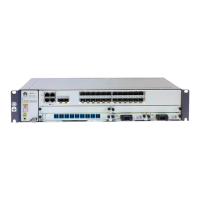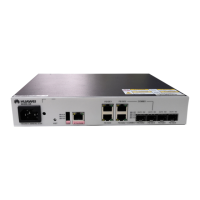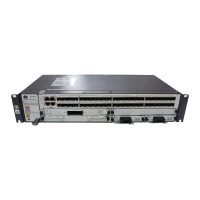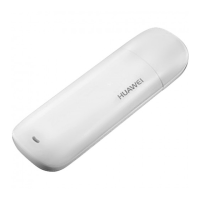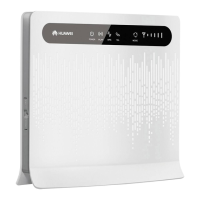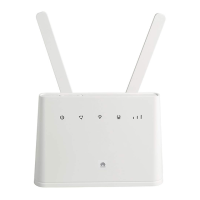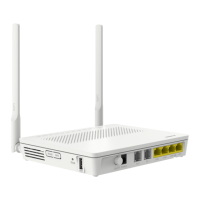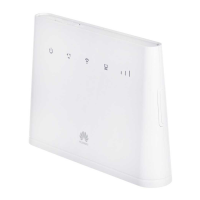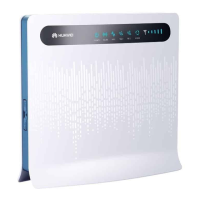Dust on devices may cause electrostatic discharge and result in poor contact for
connectors or metal connection points. This problem can shorten the life span of
devices and cause faults.
The equipment room must be free from explosive, conductive, magnetically-
permeable, and corrosive dust. Table 4-64 lists the requirement for dust
concentration in the equipment room.
Table 4-64 Requirements for dust particles in the equipment room
Mechanical active
material
Unit Concentration
Dust particle
Particle /m
3
≤ 3x 10
4
(no visible dust
accumulated on a
workbench in three
days)
Suspending dust
mg/m
3
≤0.2
Precipitable dust
mg/m
2
·h
≤1.5
NOTE
● Dust particle diameter ≥ 5 µm
● Suspending dust diameter ≤ 75 µm
● 75 µm ≤ precipitable dust diameter ≤ 150 µm
Take the following measures to meet the requirements:
● Use dustproof materials for ground, wall, and ceiling construction.
● Use screens on the door and windows facing outside. The outer windows
should be dust-proof.
● Clean the equipment room regularly and clean the air
lter door monthly.
● Wear shoe covers and ESD clothing before entering the equipment room.
Requirements for Corrosive Gases
The room should be free from dusts and corrosive gases, such as SO
2
, H
2
S, and
NH
3
. Table 4-65 lists the requirements for the corrosive gas concentration.
Table 4-65 Requirements for corrosive gas concentration
Chemical
active material
Unit Concentration
SO
2
mg/m
3
≤0.30
H
2
S
mg/m
3
≤0.10
NO
x
mg/m
3
≤0.50
HUAWEI NetEngine 8000 F
Hardware Guide 4 Hardware Installation and Parts Replacement
Issue 05 (2023-03-31) Copyright © Huawei Technologies Co., Ltd. 644

